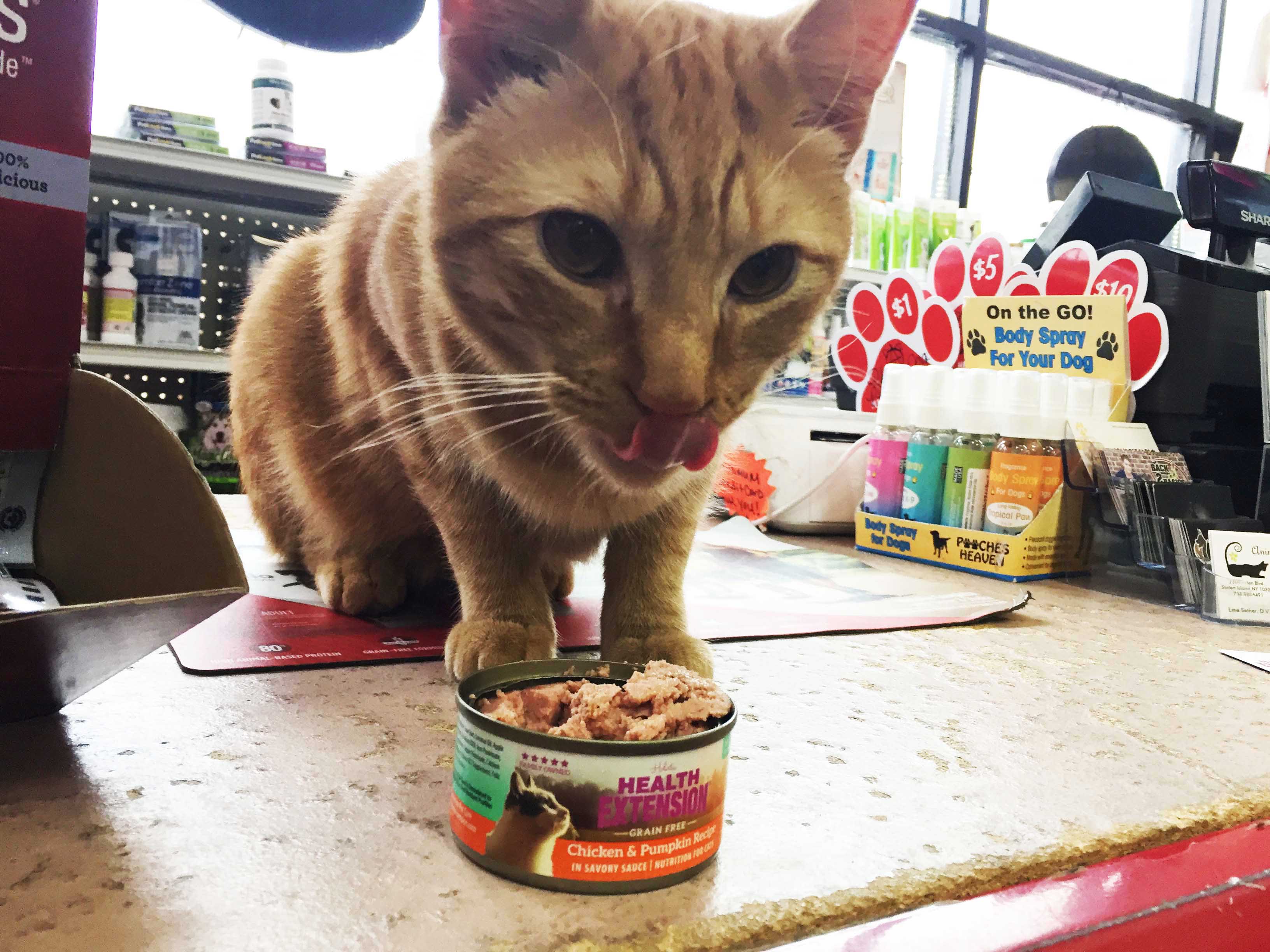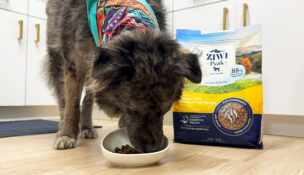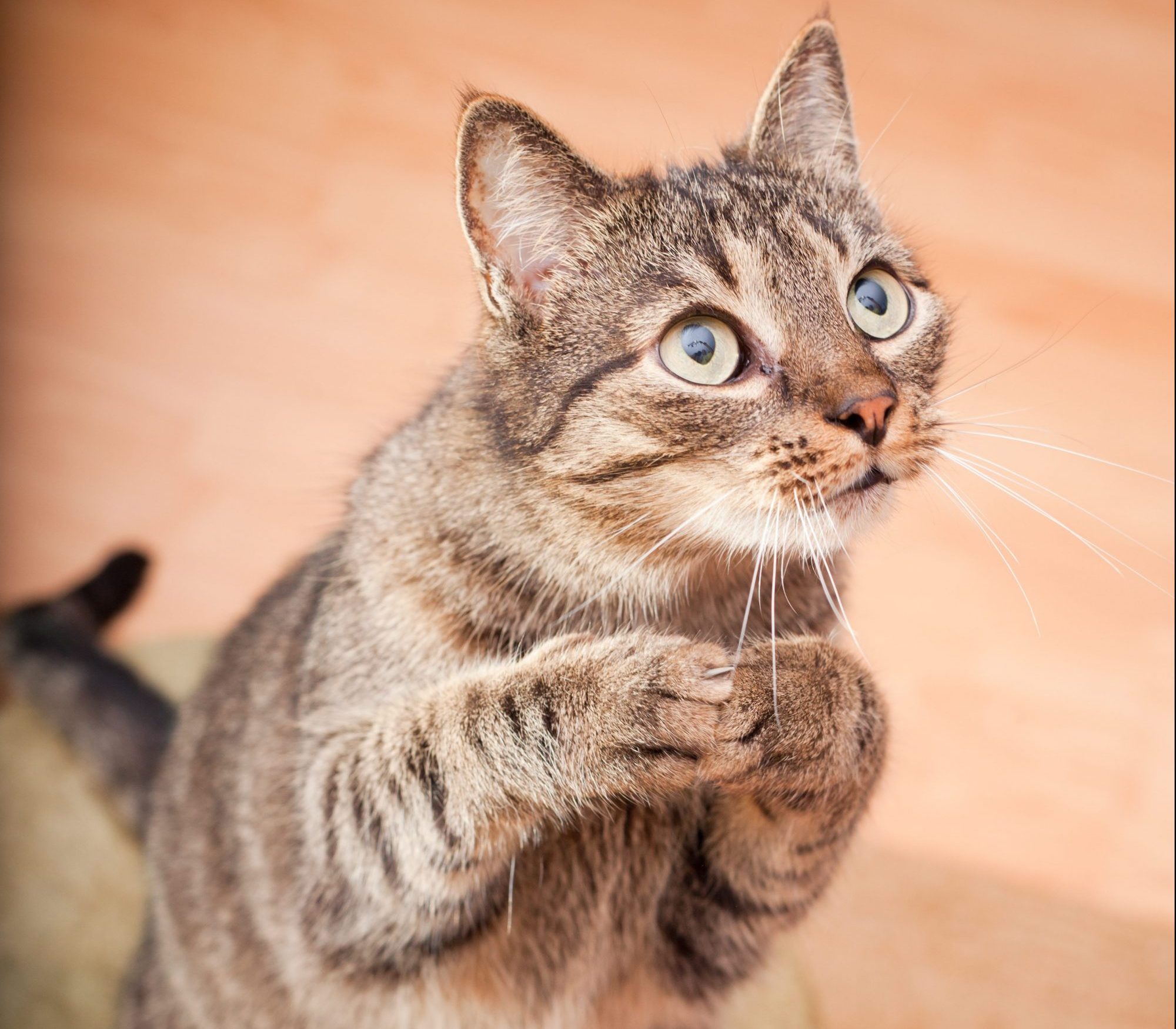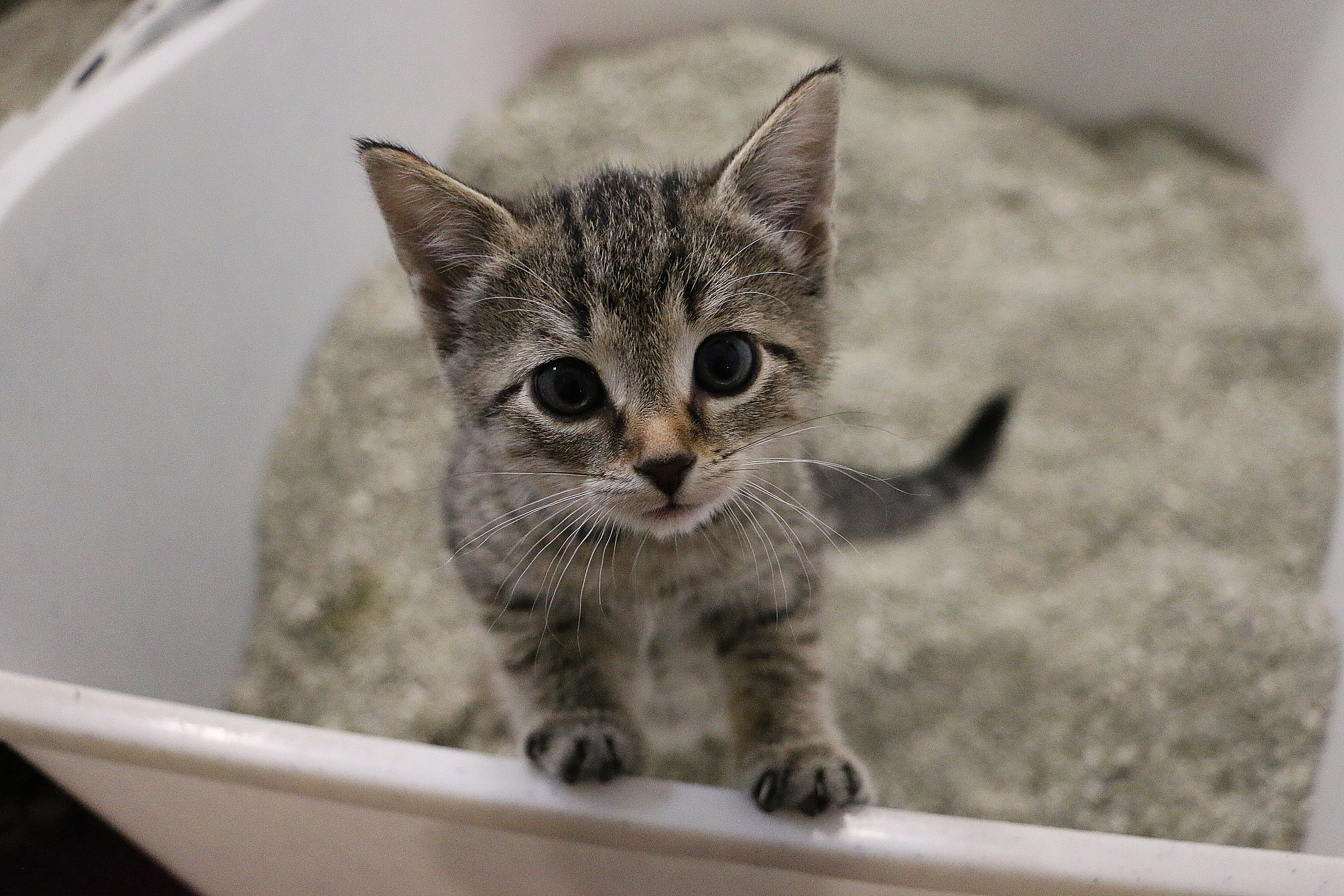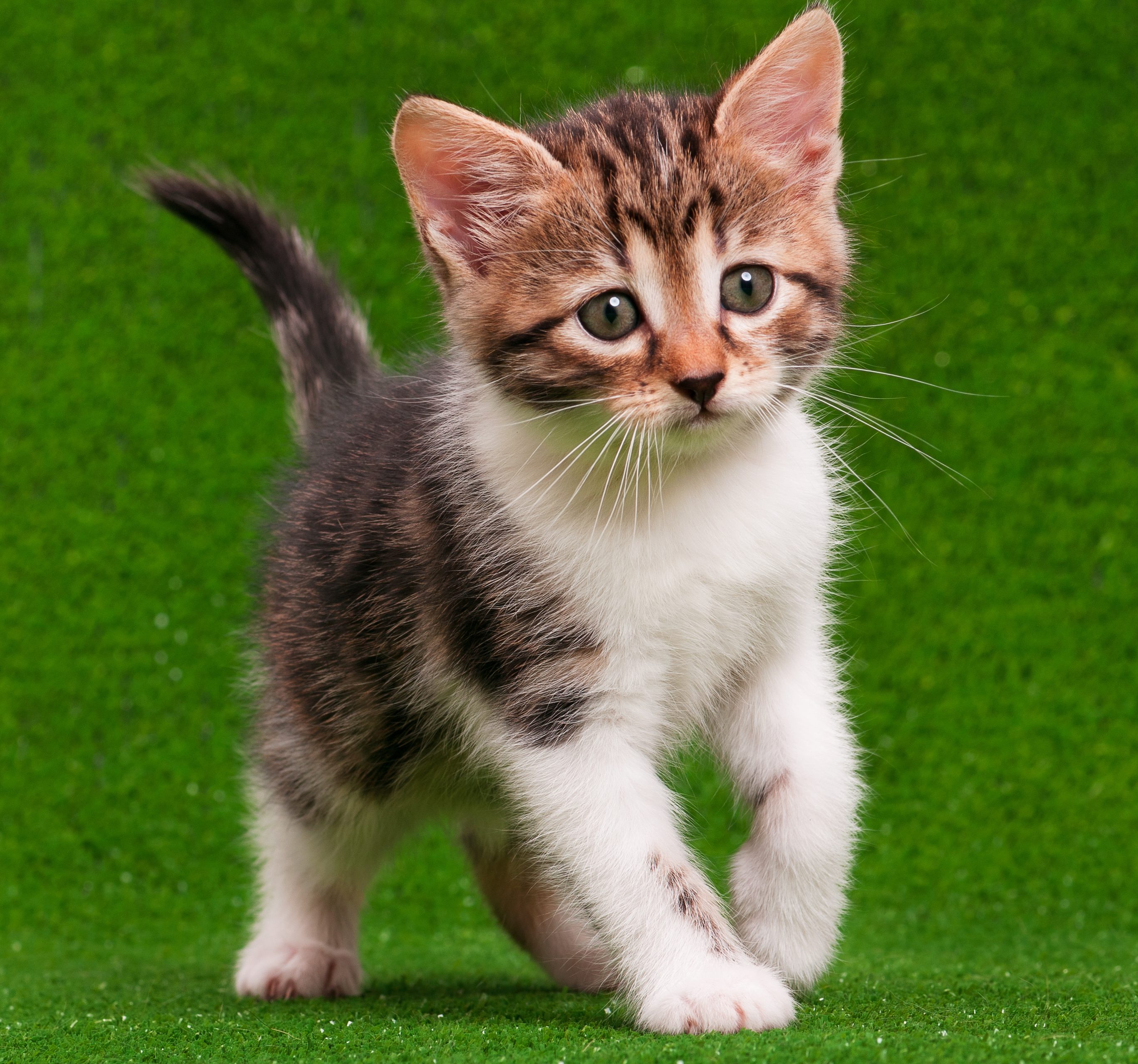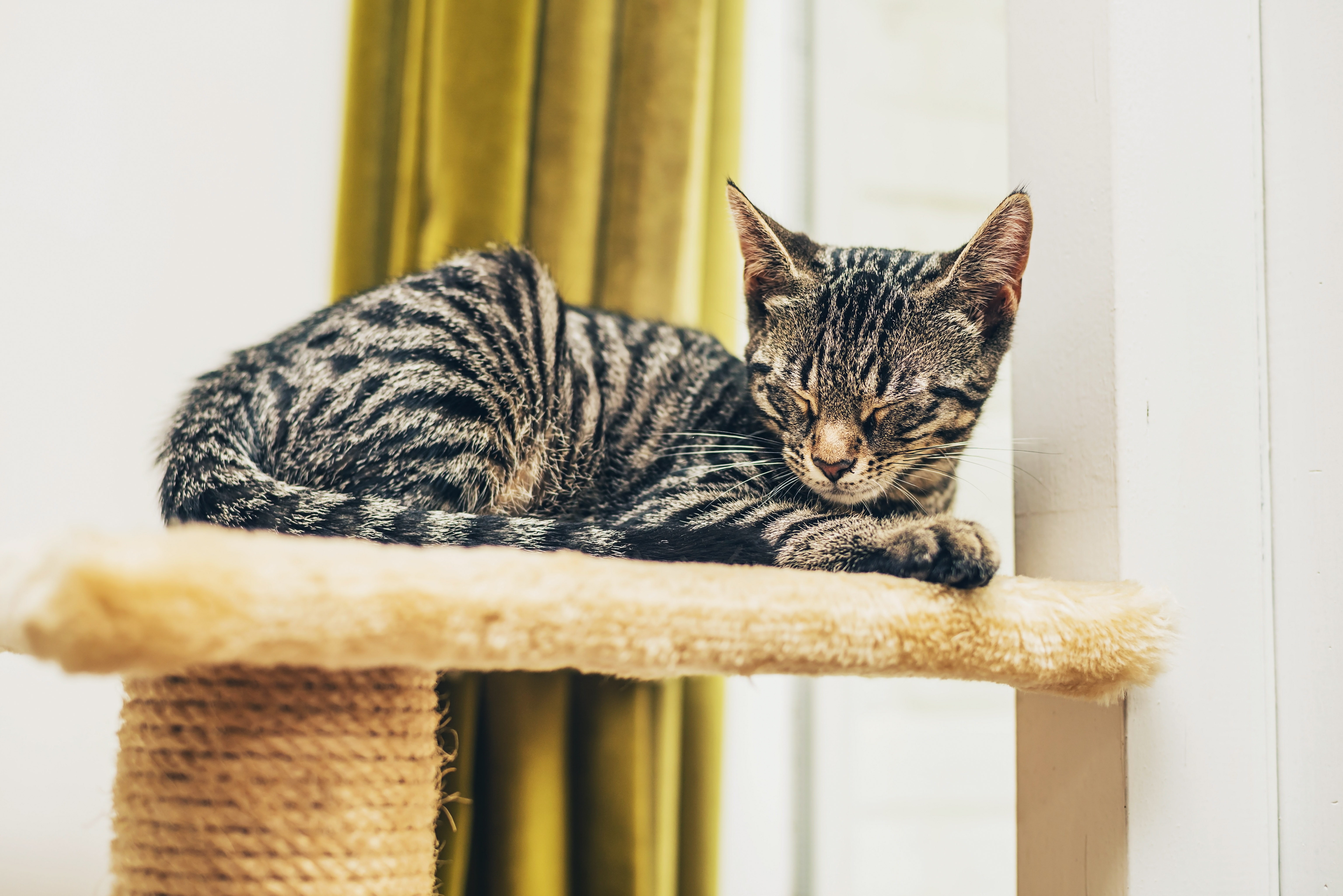Feline Feasts
Pet Age Staff //March 29, 2017//
by Eric Stenson
Trends in wet cat food, much like those for human cuisine, have been toward better protein sources, higher-quality ingredients and less processing. Emphasis toward specific needs is another focus that is being increasingly seen in the marketplace, according to Bette Schubert, co-president and senior vice president of sales at Bravo Pet Foods in Manchester, Connecticut.
“There is an ongoing shift in consumer demand toward higher-quality, species-specific and nutritionally sound foods,” Schubert said. “As a result, we’re seeing a lot more products entering the all-natural space that are USA-made, grain-free, meat and poultry ‘first’ and that use clean, wholesome ingredients. There also is an emergence of foods formulated specifically for those companion animals that may be suffering from specific medical problems such as allergies, diabetes and/or issues associated with being overweight, such as joint problems.”
Bravo’s Feline Café line of canned foods for cats features 95 percent meat or poultry dinners and natural fricassees. Schubert emphasizes that the foods contain essential amino acids for feline health, such as Taurine and Arginine, as well as cranberries and a medley of garden greens, salmon oil, green-lipped mussels and turmeric.
Schubert considers it essential that retailers become key points of education to consumers. For example, they should continually remind cat owners that felines require double the amount of protein that dogs do. She suggests that retailers look to stock products that are grain-free, that are formulated with higher protein levels and that feature low carbohydrate and phosphorous levels.
Popular Combinations
Health Extensions of Deer Park, New York, has six new formulations of wet cat food, using premium protein sources along with such exotic-sounding (at least for cat food) ingredients as apple cider vinegar and coconut oil, which are intended to make the products especially palatable and help boost the immune system, aid digestion and keep the kidneys healthy, according to Brad Gruber, president and chief operating officer.
Supplementing the established beef, turkey, chicken, and chicken and turkey are chicken and duck, chicken and salmon, tuna and prawns, chicken and tuna, tilapia and tuna, and tuna and pumpkin. All are grain-free foods.
“Some really good combinations were developed,” Gruber said. “Premium ingredients, local sourcing, customized recipes, the limited-ingredient category will all become growth areas.”
To Gruber and Health Extensions, building a relationship is key to developing success for retailers in this marketplace.
“We have a real partnership through training to make them authorities on our product,” Gruber explained. “We’re not dump-and-run.”
Completely Natural
Whitebridge Pet Brands in St. Louis, Missouri, makes Tiki Cat products, which are 100 percent meat or poultry cooked in natural broth, according to Ann Hudson, vice president of marketing.
No artificial colors are used, and the meat and fish are not pre-formed or unnaturally cut or shaped. It is sliced, shredded or flaked, and then packed by hand. Tiki Cat also thinks outside the box, or at least the can, per se, as far as packaging is concerned. In addition to the traditional tins, many of the Tiki Cat products are available in BPA-free pouches.
Tiki Cat’s most recent product, unveiled in September, is its Velvet Mousse, a smooth mousse packaged in a pouch.
“It’s an all-lifestage diet and works as well for kittens in the weaning stage as it does for older kitties with sensitive mouths,” Hudson said. “Both the texture and flavors (wild salmon, chicken, tuna and mackerel) are extremely palatable and will appeal to even the pickiest cats.”
On the Horizon
Available very soon will be Tiki Cat’s After Dark, which Hudson described as taking “wet to a whole new level… with unique proteins like duck, quail and pork in a safely prepared and ready-to-serve food.”
Hudson sees the wet food category as “under-penetrated” in the overall pet-specialty marketplace and emphasizes that moisture within food is particularly important for a healthy cat’s diet.
“Cat owners know this, having become much more sophisticated when it comes to nutrition,” she said. “They want the very best for their babies and they are willing to go out of the way to get it.”
Hudson sees the cat food industry following in the footsteps of dog food, with a continuation into more natural offerings and distinctive protein sources.
“Everyone knows cats are carnivores, but figuring out how to get the perfect carnivore diet into a can or bag is still a challenge for most manufacturers,” she said. “It’s an enormous opportunity for pet-specialty retailers and a high-quality range of nutritious wet foods gives them a way to effectively compete.”
From a retailer perspective, Stephanie Damiano, a manager at Madison Pet Shop in Madison, New Jersey, says that products from Weruva, of Natick, Massachusetts, and Merrick, of Amarillo, Texas, are big sellers in her store. She says chicken, beef and turkey flavors are popular but that chicken is the most common, since it’s the easiest to digest. The paté version of wet food tends to move briskly in her store, but food with juices and chunks is also quite popular.
She agrees that protein is even more important for cats than it is for dogs. She says the dry foods are big protein sources, but that owners often supplement with wet food for extra nutrition. The moisture content is a major reason. When asked about feline nutrition, she says that it is crucial to keep cats well hydrated.
“Make sure they get enough water, especially for male cats,” she said. “So they don’t develop kidney stones or crystals in their urine.”
